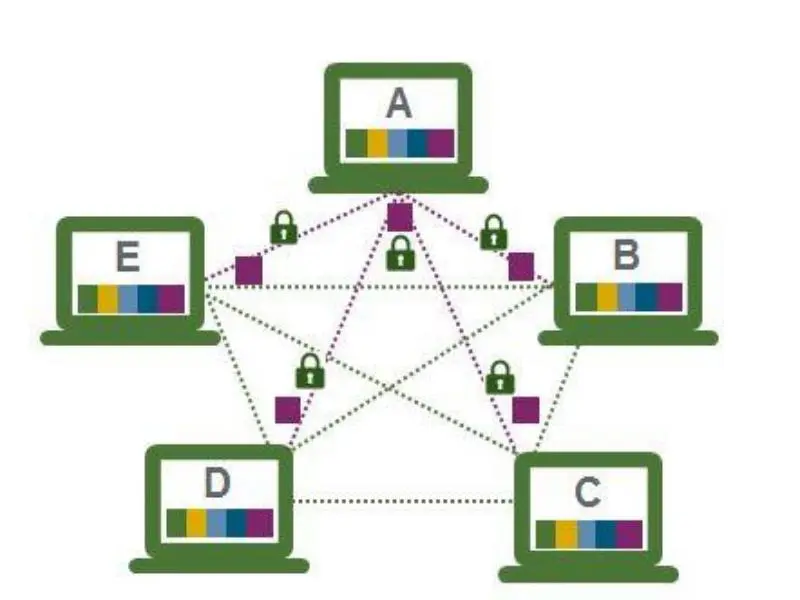- Blockchain interoperability refers to the capability of different blockchain networks to seamlessly communicate and interact with each other.
- As the blockchain industry continues to evolve, the importance of interoperability will only grow, opening up new opportunities for collaboration, efficiency, and decentralised value exchange.
Blockchain interoperability allows for the smooth transfer of data and assets across multiple blockchain platforms, overcoming the limitations of siloed networks and fostering a more interconnected ecosystem. In the rapidly evolving world of blockchain technology, interoperability has emerged as a key concept that holds immense importance for the future of decentralised finance (DeFi), token transfers, and the broader blockchain industry.
Understanding blockchain interoperability
Blockchain interoperability refers to the ability of different blockchain networks to communicate and interact with each other. It allows for the seamless exchange of data and value across disparate systems, creating a more connected and efficient ecosystem.
Also read: 5 ideas from Sergey Gorbunov on blockchain interoperability
Why blockchain interoperability matters
Enhanced flexibility: Interoperability allows users and developers to move assets and information between different blockchains without constraints, enabling them to choose the best platform for their needs.
Stimulating innovation: When blockchains can interact, developers have access to a broader range of tools and capabilities, which can lead to more innovative applications and services.
Improved user experience: Users benefit from a more fluid experience, with the ability to transact across multiple networks without the need for multiple interfaces or wallets.
Reduced risk of centralisation: By enabling interaction between different networks, the risk of centralisation is mitigated, as no single blockchain can dominate the ecosystem.
Scalability solutions: Interoperability can provide solutions to scalability issues, as transactions can be distributed across multiple networks, reducing congestion on any single network.
How blockchain interoperability works
Interoperability in blockchain technology encompasses a variety of mechanisms that facilitate connectivity and interaction between diverse networks. One key aspect is enabling cross-chain transactions, which involves technologies that bridge different blockchains, enabling the seamless transfer of assets across networks. Additionally, interoperability protocols play a crucial role in establishing frameworks for communication between blockchains. Examples include Polkadot‘s relay chains and Cosmos’ Inter-Blockchain Communication (IBC) protocol, which allow for efficient data exchange and interoperability between blockchain platforms.
Furthermore, interoperability extends the capabilities of decentralised applications (dApps) by enabling access to services and data from multiple blockchains. DApps developed on interoperable platforms can leverage the interconnected nature of blockchain networks to enhance their functionality and offer users a more integrated and comprehensive experience. This interoperability not only enhances the efficiency and usability of decentralised applications but also fosters innovation and collaboration within the blockchain ecosystem.
Also read: US Senate recommends blockchain testing for national security
The future of blockchain interoperability
Blockchain interoperability is a critical component in the advancement of blockchain technology. It holds the key to unlocking the full potential of blockchain networks by enabling them to work together, fostering innovation, and providing a more seamless experience for users. As the industry continues to grow, the importance of interoperability will only become more evident, driving the evolution of blockchain technology.
The future of blockchain interoperability looks promising, with ongoing research and development aimed at creating more connected and efficient systems. As the technology matures, we can expect to see increased collaboration between different networks, leading to a more interconnected and user-friendly blockchain ecosystem.

